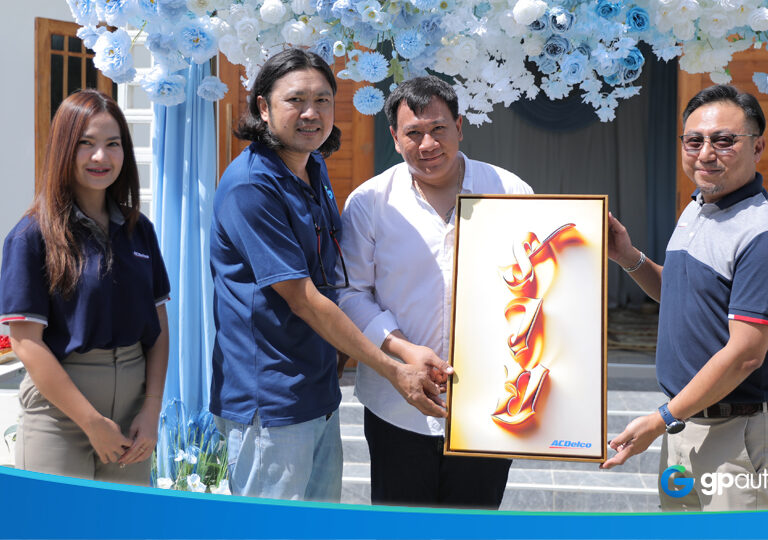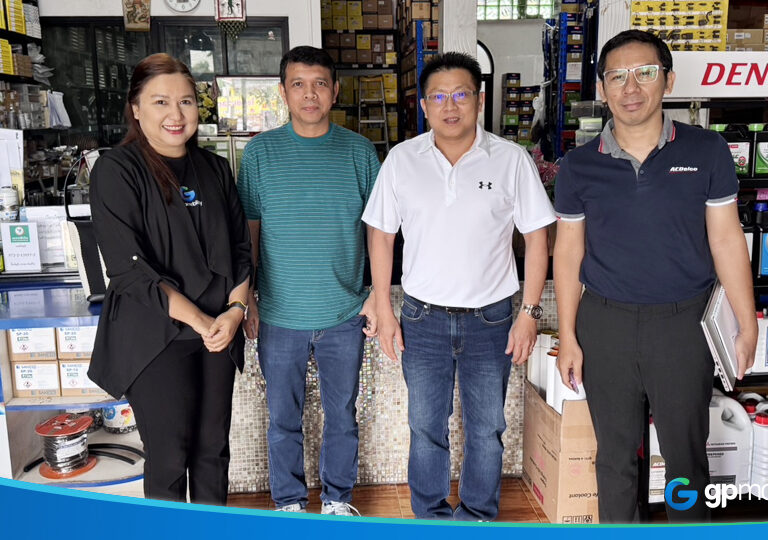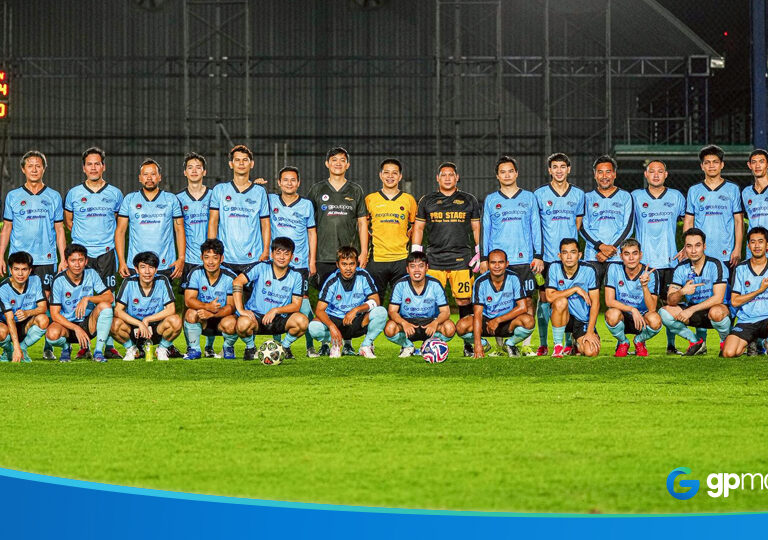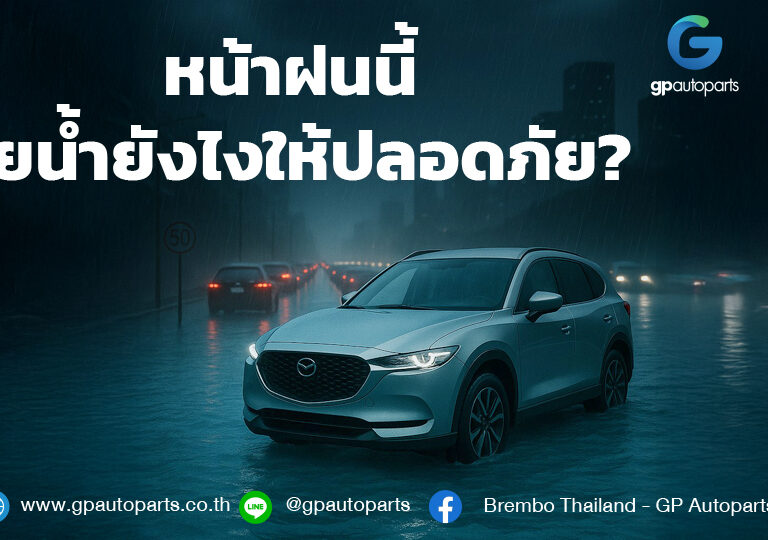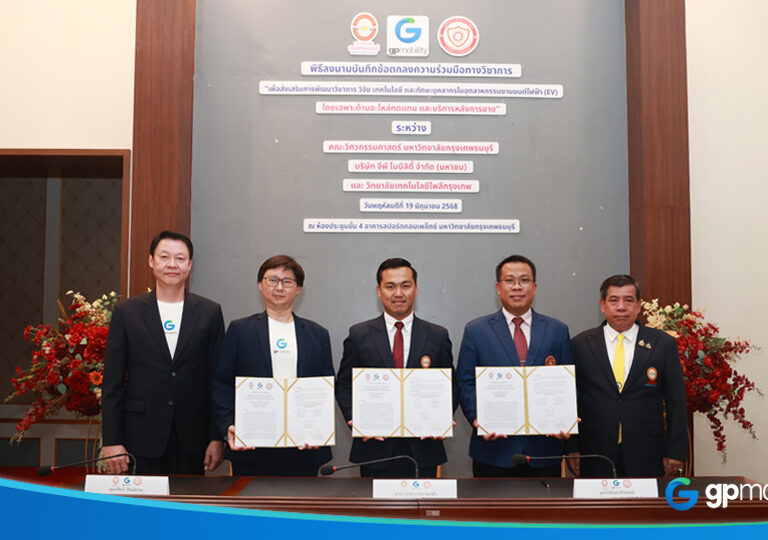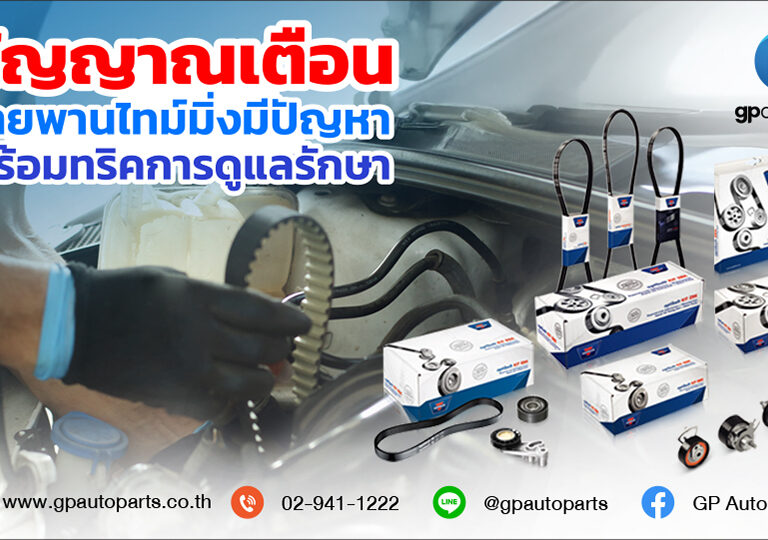GP Mobility Public Company Limited has officially announced a landmark collaboration through the signing of a Memorandum of Understanding (MOU) with two leading educational institutions. This partnership aims to address structural challenges and build a sustainable future for the electric vehicle (EV) industry in Thailand. Thailand’s EV market has been growing rapidly and undergoing a profound transformation. Thai consumers now exhibit more complex decision-making behaviors, demanding comprehensive information, with EVs becoming a key disruptor of the automotive market structure. Between 2022 and 2024, nearly 100 new EV models were launched in Thailand, with an influx of new players—particularly Chinese manufacturers—entering the market. As a result, the market share of battery electric vehicles (BEVs) has surged from just 5% in 2014 to 18% in 2023. However, behind this exciting growth lies a set of structural challenges within the aftermarket ecosystem, which is emerging as a major bottleneck for the industry. These challenges are evident in the high insurance premiums for EVs, primarily due to four key factors: High repair and parts costs: Most EV components are still imported, resulting in high costs and long delivery times. Battery replacements, in particular, can cost up to 60% of the vehicle’s value. Shortage of skilled technicians: There is currently a lack of qualified EV technicians, leading to dependence on limited specialized service centers, which charge higher-than-average fees. Limited insurance providers: Only about 10 out of 20 Thai insurance companies currently provide EV coverage, due to concerns over high loss ratios. Higher accident severity: Even low-speed EV accidents tend to result in significantly higher damage costs than internal combustion engine (ICE) vehicles. According to SCB Economic Intelligence Center (EIC), these conditions will likely keep the average annual EV insurance premium high—around THB 25,500 per vehicle—until at least 2030. These factors highlight a critical truth: the future growth of Thailand’s EV market cannot be sustained without a robust and well-developed aftermarket ecosystem. Specifically, there is an urgent need to invest in skilled personnel and to develop standards for locally manufactured replacement parts. In response to this need, GP Mobility Public Company Limited, as a leader in automotive aftermarket services, has signed a historic MOU with two prominent educational institutions—the Faculty of Engineering at Bangkok Thonburi University and Polytechnic College of Bangkok—on June 19, 2025. This initiative marks a concrete step toward addressing structural challenges and establishing long-term sustainability. The signing ceremony was attended by key representatives from all three parties: Mr. Kawit Silpinimittham – CEO, GP Mobility Public Company Limited Assoc. Prof. Sommat Thongkham – Dean, Faculty of Engineering, Bangkok Thonburi University Mr. Kantinan Sriprasong – Academic Director, Polytechnic College of Bangkok 5 Pillars of Collaboration Toward a Sustainable EV Future Under the MOU, all parties have committed to driving initiatives in five strategic areas: Future-Focused Curriculum Development: Jointly create EV Technician and EV Aftermarket Business programs to produce skilled graduates for the market. R&D Collaboration: Conduct research on EV replacement parts and study consumer behavior to support continuous innovation. EV Learning Hub: Establish a comprehensive EV parts knowledge and innovation center within the university. Model Service Center Standards: Develop a prototype EV parts service center covering sourcing, quality testing, and technical consultation. Skills Upgrade for Technicians: Organize hands-on workshops for students and current technicians to stay up-to-date with evolving technologies. A Shared Vision for a Sustainable Future This MOU is more than just a formal agreement—it serves as a strategic blueprint for collaboration across three key sectors: industry, higher education, and vocational education. For GP Mobility, whether the future lies in ICE or EVs, the core value remains unchanged: quality parts and reliable service. The company sees EVs not just as a trend, but as a responsibility to every driver.


